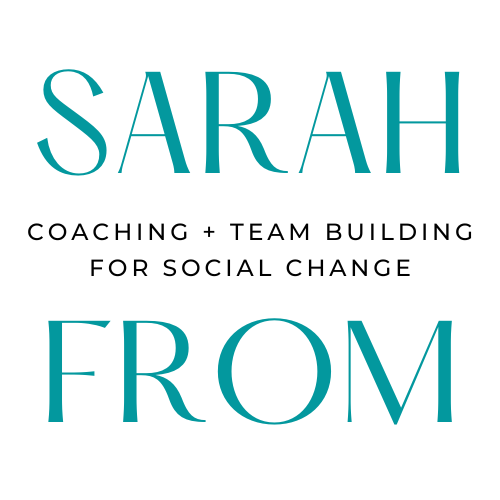I've got a month off from assigned reading! These are the books I'm digging into over my break. Your Brain At Work: Strategies for Overcoming Distraction, Regaining Focus, and Working Smarter All Day Long By David Rock
I saw David Rock give a talk last month on the neuroscience of mindfulness and was eager to learn more. David's newest book delves into what is going on in our brains as we go through our days at work - checking email, attending meetings, trying to adjust to new roles and responsibilities.
As a non-science person, I was worried this book would be over my head or a drag to read, but it is very fast-paced and accessible. The book uses two fictional characters and very clear metaphors (i.e. the prefrontal cortex as a stage) to illustrate how understanding our brains can help us "work smarter." Here is David's schpiel on the book, in a talk he recently gave at Google.
Unclutter Your Life in One Week By Erin Doland
Do I need this book? Probably not. I am not a particularly cluttered person. (Not now at least; my mother would tell you that my childhood bedroom was a whole different story!) However I love Erin's blog Unclutterer and David Allen (Mr. GTD) wrote the foreward to this book, so I had to check it out.
Take the title (which has the unfortunate ring of a crash diet) with a grain of salt: there are enough uncluttering projects in this book to last the average reader for months. I am planning on implementing just one of these projects -- using Erin's criteria for wardrobe decluttering -- over winter break.
I have already internalized Erin's brilliant toss-it-or-keep-it question: "Is this helping me lead a remarkable life?" If not... it's clutter.
The Twilight Saga: New Moon By Stephanie Meyer
I'm on break -- I need some teenage vampires and werewolves. And plus, I've got to read the book before I see the movie!
I'm still interested in finding a good "brain for dummies" type book that will ease me into the field of neuroscience. Particularly with a connection to leadership or organizational life. Any recommendations?




